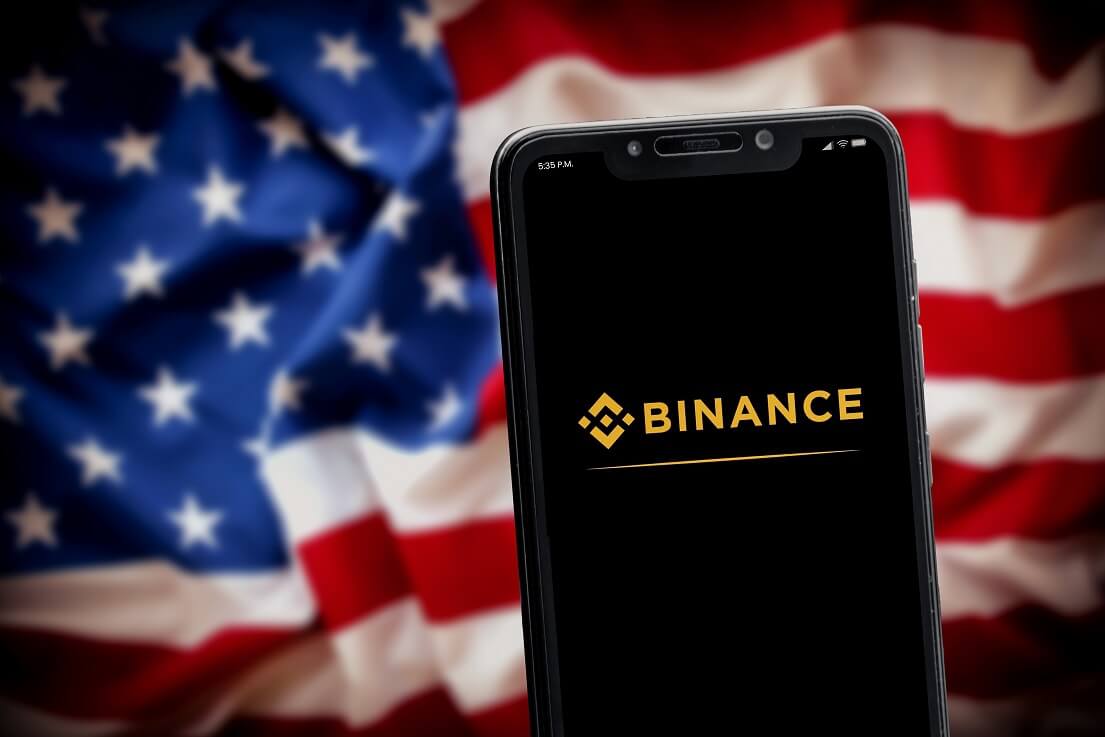Texas Doubles Down on Attempt to Block Binance.US Acquisition of Voyager Digital Assets

Binance.US, the American arm of crypto exchange Binance, has hit yet another roadblock in its attempts to buy the assets of the bankrupt crypto lending firm Voyager Digital: Texas, USA, officials have once again objected to the deal between the exchange and the lender.
The issue remains the connection between Binance.US and Binance. Lawyers representing the Texas State Securities Board and the Texas Department of Banking filed documents in New York bankruptcy court on Friday, as reported by Bloomberg, arguing that,
“The independence of Binance.US from Binance.com is of the utmost importance to safeguarding consumers’ privacy and coin from improper uses. While Binance.US, as Purchaser, purports to operate independently from Binance.com, the [terms of use] suggest otherwise.”
The Texas legal team is concerned about “inadequate” disclosures around the Binance.US terms of use. Per the filing, sections of the Binance.US terms of use “purport to explain the rights clients give to Binance.US and its ‘parents, subsidiaries, affiliates, entities under common ownership, or otherwise related parties” – and these parties “appear to include Binance.com, BAM Management Co., CPZ Holdings, and [Binance CEO Changpeng] Zhao.”
In January, the two regulators argued that there are close connections between the above-named companies: Zhao owns CPZ Holdings, which owns Binance.US operator BAM Management, while BAM Trading is a wholly-owned subsidiary of BAM Management, they said. The lawyers claimed that, “based on this organizational structure, Zhao appears to be the indirect owner of both Binance.US and Binance.com.”
Per the latest filing,
These related parties “play key roles in the services provided by Binance.US and may even effectively permit Binance.com to act in the US even though Binance.com purportedly does not deal with US customers.”
Binance and Binance.US didn’t respond to requests for comment, the report stated.
Just the latest in a series of obstacles
Voyager filed for chapter 11 bankruptcy in July, which enabled it to enter a voluntary restructuring process. This was followed by a bidding process in which Binance and the FTX exchange participated.
At the end of October, and days before its infamous collapse, FTX secured the approval of a US bankruptcy court to take over Voyager’s assets.
Then, in November, FTX dropped out of the picture and Binance.US was set for a bid to acquire Voyager. This came after the lender had announced that “Voyager has reopened the bidding process for the company, and is in active discussions with alternative bidders.”
In mid-December, it was announced that Binance.US would buy up remaining assets from the bankrupt crypto lender. The deal between the two companies valued Voyager at about $1 billion (a number made up largely by Voyager liabilities to its clients), and it required Binance.US to deposit $10 million and reimburse Voyager for certain expenses up to $15 million. In total, it was said that the purchase price comprised $20 million, in addition to repayments to Voyager’s customers.
However, this January, the US Securities and Exchnage Commision (SEC) objected to the Exchange’s efforts to buy these assets, saying that more information about the deal is needed and that Binance.US failed to provide sufficient details on its ability to close the deal. The SEC also said it needed more information about the nature of the planned business operations after Binance.US took over Voyager’s assets.
Hot regulatory waters
The US regulators have been watching Binance and its subsidiaries for a while now.
As reported, over $400 million allegedly flowed from the Binance.US account at California-based Silvergate Bank to Merit Peak, a trading firm linked to Binance CEO Zhao, over the first three months of 2021. Binance.US acknowledged that “while there was a market-making firm named Merit Peak that operated on the Binance.US platform, it stopped all activity on the platform in 2021.”
Meanwhile, in February, Binance Chief Strategy Officer Patrick Hillmann acknowledged “gaps” in regulatory compliance “that have since been closed,” adding that Binance would likely have to pay monetary penalties to settle current investigations by the US authorities.
Also this month, among several other related events, blockchain infrastructure platform Paxos announced that the SEC had plans to take enforcement action against it over the issuance of Binance USD (BUSD), while the New York State Department of Financial Services (NYDFS) ordered Paxos to cease minting BUSD.
It was then disclosed that Circle, the US-based payments company that issues the USD coin (USDC) stablecoin, had alerted the New York watchdog that it had found some discrepancies in the blockchain data that suggested that Binance did not store enough crypto in reserve to support the number of tokens it had issued.
Last week, Paxos said it was in talks with the SEC over its decision to consider the stablecoin a security. CEO Charles Cascarilla said that the decision to end the partnership with Binance came as the relationship “no longer aligns with our current strategic priorities.” He added that communications with the NYDFS and the SEC over BUSD were unrelated to the partnership with Binance.
____
Learn more:
– FTC Launches Investigation into Voyager’s Alleged Deceptive Crypto Marketing Tactics – Here’s the Latest
– Voyager Granted Initial Approval to Sell Assets to Binance.US
– SEC Moves to Block Binance.US Attempt to Buy Distressed Assets of Voyager Digital
– Binance Shocks Crypto World with Temporary Halt on US Bank Transfers – Here’s What’s Going On




